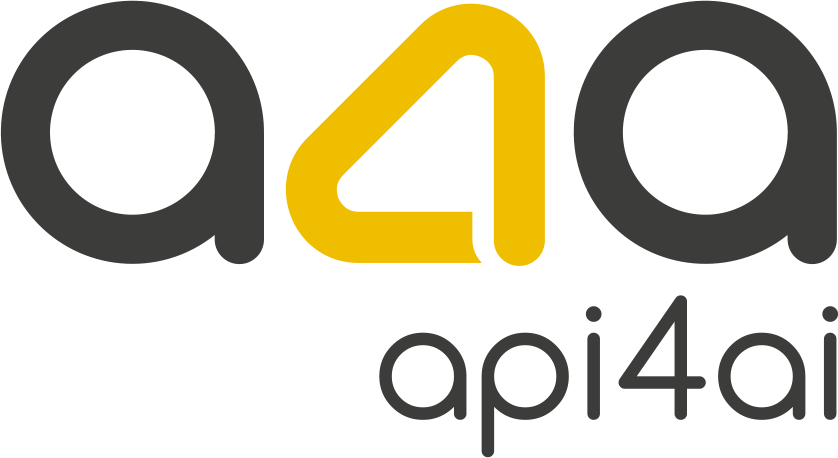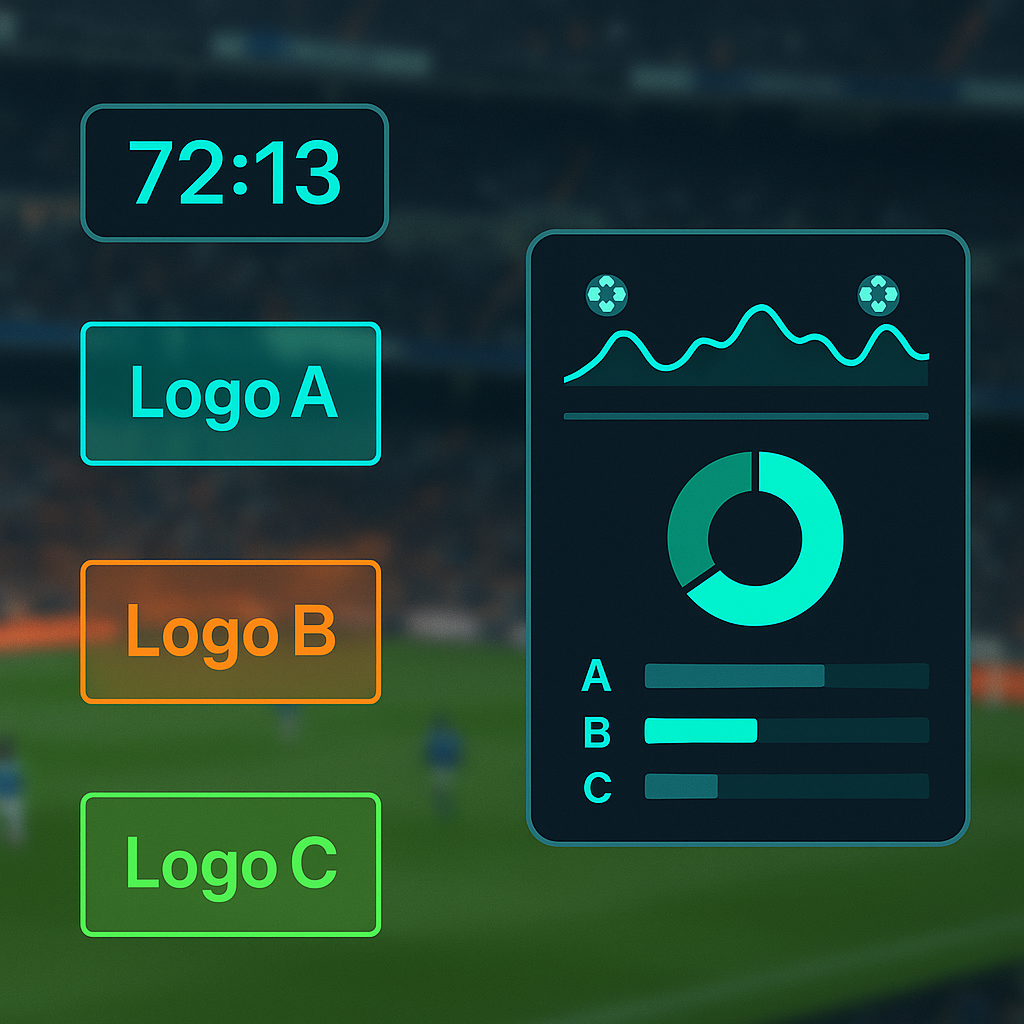
Scoreboard OCR Meets Logo Metrics: Context Matters
Sponsors don’t pay for minutes on screen — they pay for moments. This post shows how reading the live scoreboard with OCR and fusing it with logo analytics turns generic “screen time” into impact time tied to goals, timeouts, penalties, and late-game drama. You’ll see why context changes valuation math and how three board-ready KPIs — Impact-Adjusted Exposure Seconds (IAES), moment-filtered vSOV, and impact-adjusted CPeS — defend rate cards, reduce make-goods, and shift spend to higher-yield assets. We outline a pragmatic rollout: start with ready APIs (OCR, Brand Recognition, Image Anonymization), prove pricing lift on a short pilot, then add custom rules for your league and workflows. The outcome is a moment-based sponsorship product backed by audit-ready evidence — and a clearer path to ROI.

OCR as a Differentiator in Digital Transformation Journeys
With 71% of CFOs prioritizing digital transformation and automation proven to deliver up to 85× faster workflowswith 90% fewer errors, the finance function is under pressure to move faster and smarter. Yet one of the most powerful enablers of this shift often works quietly in the background: Optical Character Recognition (OCR). Far from being just a document digitization tool, OCR is a strategic differentiator — unlocking real-time data, enhancing compliance, and fueling intelligent automation pipelines. In this article, we explore how OCR is accelerating transformation, delivering rapid ROI, and positioning enterprises for next-generation efficiency.
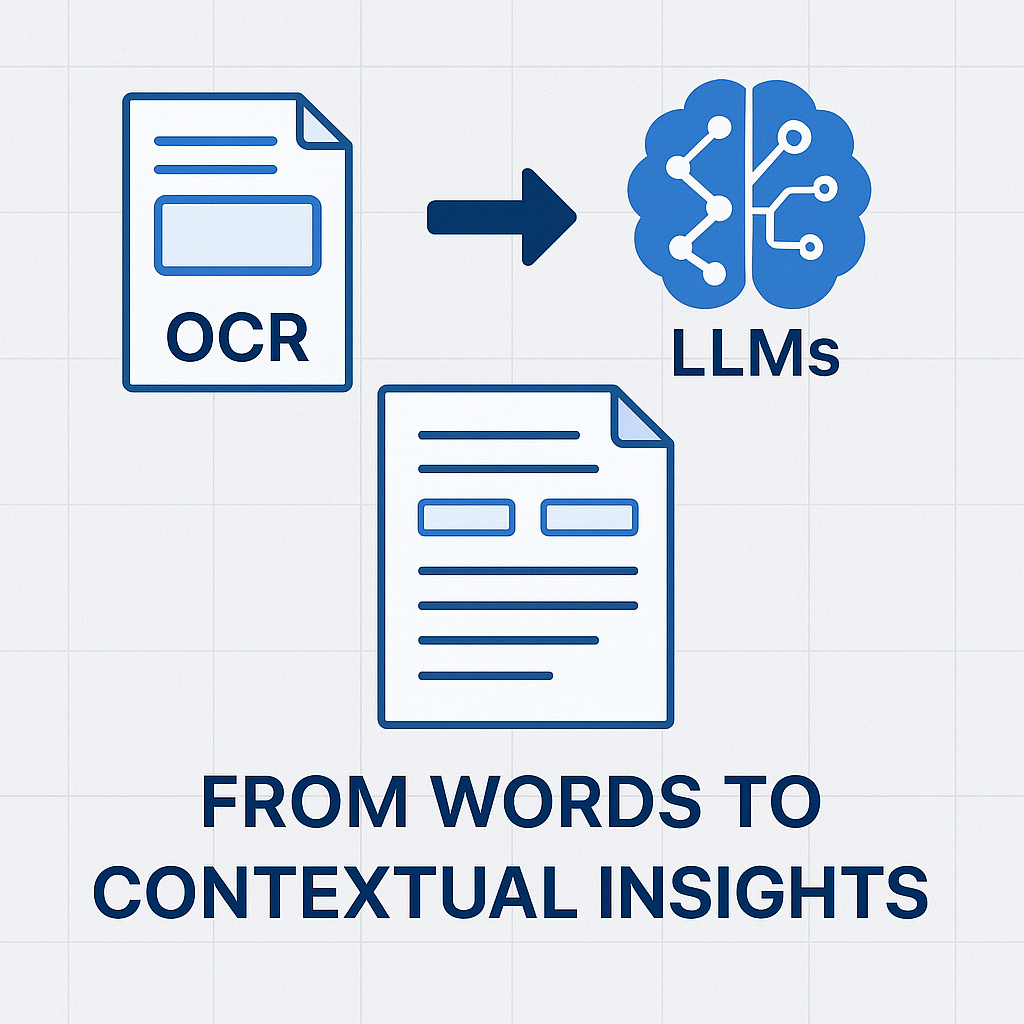
OCR + LLMs: From Words to Contextual Insights
Enterprises have long relied on OCR to digitize paper, but raw text alone offers limited business value. Today, the real transformation comes from pairing OCR with Large Language Models (LLMs). This hybrid approach not only extracts words but also interprets their meaning, identifying key-value pairs, mapping document structures, and attaching confidence scores. Contracts, forms, and reports can now be turned into analytics-ready data streams — delivering faster insights, reducing compliance risk, and enabling strategic agility. For executives, OCR+LLM pipelines are not just a technology upgrade, but a catalyst for smarter, more resilient decision-making.

Smart Data Capture: OCR That Thinks for You
Smart data capture is reshaping the way businesses collect and act on information. No longer limited to scanning and storing documents, today’s intelligent OCR integrates with barcodes, object detection, and real-time analytics to deliver decision-ready insights at the moment of capture. For executives, this means faster operations, stronger compliance, and a sharper competitive edge. By turning every scan into an opportunity for action, organizations can reduce costs, accelerate revenue, and build resilience in an increasingly dynamic market.

Hyperautomation: OCR as the Starting Line
In 2025, hyperautomation has become the defining enterprise trend, uniting AI, RPA, and intelligent workflows into a single strategy for efficiency and growth. Yet the unsung hero of this transformation is Optical Character Recognition (OCR). By converting invoices, receipts, contracts, and forms into structured, machine-readable data, OCR provides the foundation for end-to-end automation. For C-level leaders, it is the quiet enabler that reduces costs, minimizes errors, strengthens compliance, and frees employees for higher-value work. Hyperautomation begins here—and OCR is the starting line.

Sharper Inspections & Appraisals: Focus on the Vehicle
Messy lots, glare, and inconsistent angles turn vehicle photos into arguments. This post shows how background removal for cars — paired with guided angles and zero-retouching automation — converts everyday shots into decision-grade evidence. The result: faster appraisals and claims, fewer disputes at rental turnbacks, tighter price bands across rooftops, and an audit trail legal can defend. You’ll see a pragmatic pipeline (capture guidance → vehicle-aware background isolation → panel crops → VIN/plate OCR → anonymization → like-for-like comparison) and a delivery playbook that balances speed and control. Start small with ready-to-use APIs — e.g., API4AI’s Car Image Background Removal API, plus OCR, object detection, and image anonymization — and blend in custom models where your taxonomy becomes a moat. For C-level leaders, the promise is straightforward: standardize inputs, compress cycle times, reduce leakage, and scale consistent decisions without adding headcount. Put the vehicle — not the background — on trial.

Omnichannel Consistency: Web, App, Print—Same Look
Omnichannel consistency doesn’t require more meetings — it requires a better operating model. This post shows how a single, approved master image can become every downstream asset — thumbnails, hero banners, app tiles, partner feeds, and print-ready brochures — with zero manual retouching. By encoding brand rules into templates and enforcing them with vision APIs (background removal, focal guidance, logo/brand checks, OCR for legibility, NSFW and privacy controls), companies get the same look everywhere while cutting cycle time and rework.
For executives, the outcomes are concrete: faster time-to-publish, fewer sales–design revisions, a flatter cost curve per 1,000 assets, and built-in compliance for regulated categories. Practical examples include automotive imagery standardized via a Car Image Background Removal API, then auto-rendered across web, app, and print. You’ll get a plain-English pipeline map, a KPI scorecard to prove ROI, and a clear build-buy-blend decision framework — leveraging ready-to-go image processing APIs (e.g., Background Removal, OCR, Brand/Logo Recognition, Image Anonymization) and adding custom development only where it moves the numbers. Start with a 30-day pilot; scale once the metrics speak.
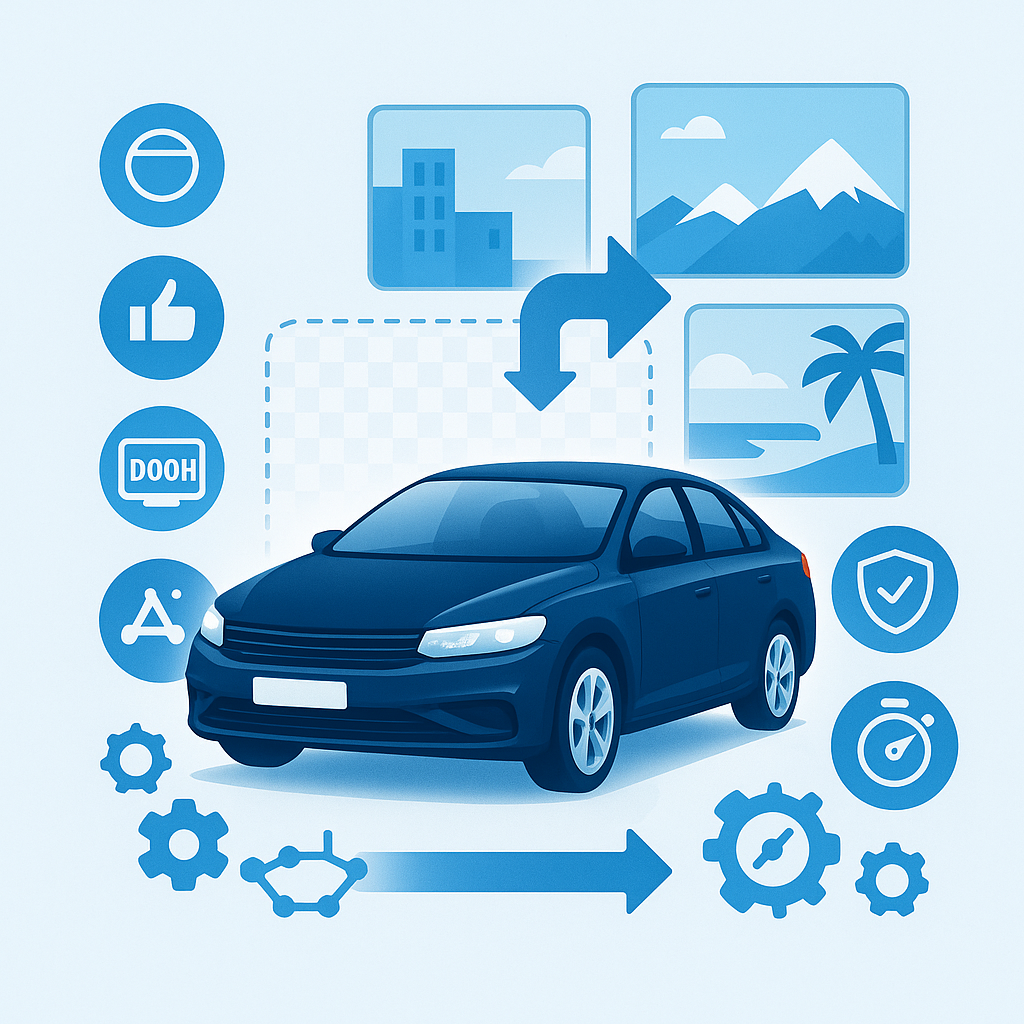
Creative Ops, Unblocked: Drop Cars into Any Template
Seasonal promos, regional incentives, and fast-moving social trends demand hundreds of automotive ad variants — yet manual retouching and agency loops stall speed, inflate costs, and invite risk. This post outlines a new model: isolate the vehicle once and programmatically drop it into brand-approved templates for web, social, DOOH, and email. Powered by car-specific background removal (e.g., a Car Image Background Removal API), plus OCR, anonymization, and brand/logo checks, creative becomes assembly — not craft. The payoff for leaders: compressed time-to-market, lower cost per variant, consistent quality, and compliance baked in. You’ll get a reference architecture that fits your DAM and adtech, guardrails that make the “right” output the default, and a crawl→walk→run playbook — including buy vs. build vs. blend — to scale seasonal and geo-targeted campaigns with evidence, not opinion. Turn creative ops into a governed, API-driven growth engine.
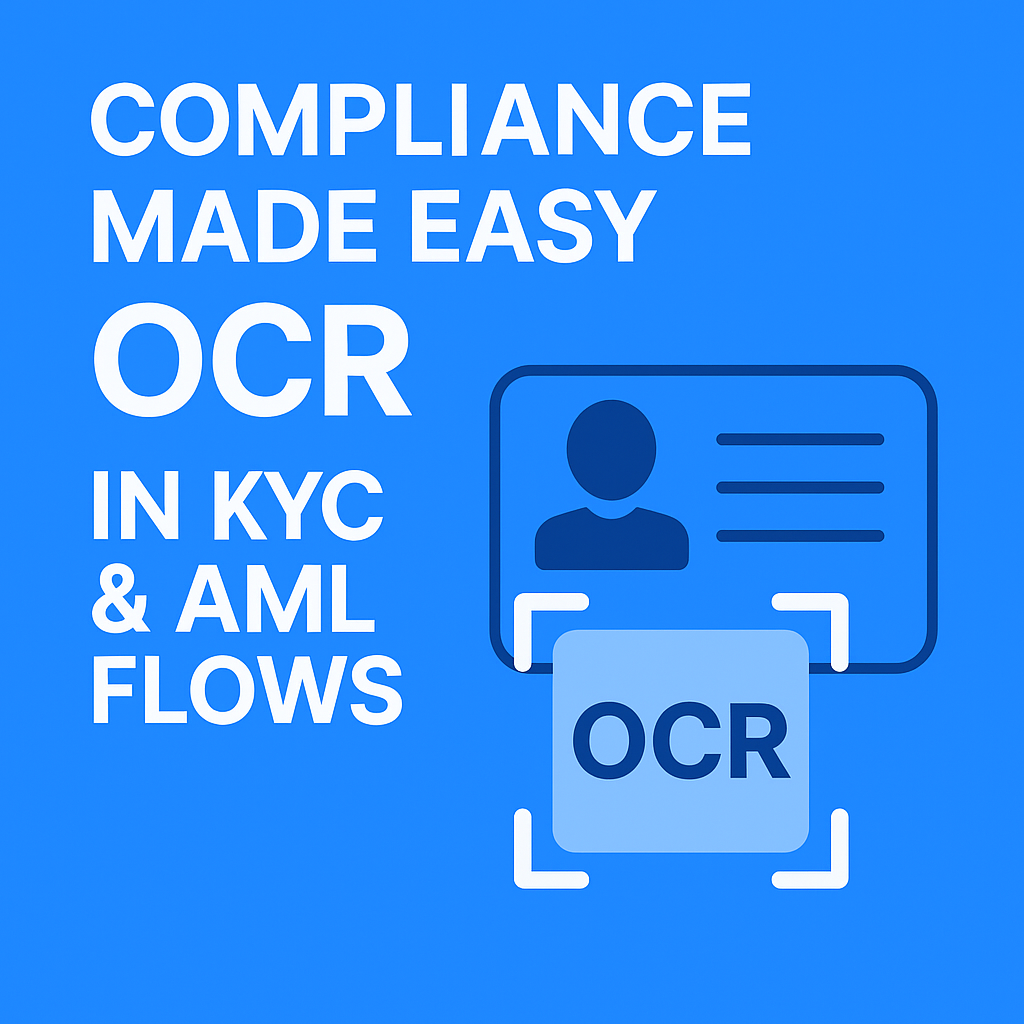
Compliance Made Easy: OCR in KYC & AML Flows
Regulatory pressure is rising — and manual document handling simply can’t keep up. From blurry ID scans to inconsistent data entry, the smallest errors in KYC and AML workflows can create massive compliance headaches. AI-powered OCR transforms this weak link into a strategic asset by instantly converting unstructured documents into clean, audit-ready data. This post explores how forward-thinking financial institutions are using OCR to reduce onboarding friction, cut operational costs, and build real-time, scalable compliance pipelines.
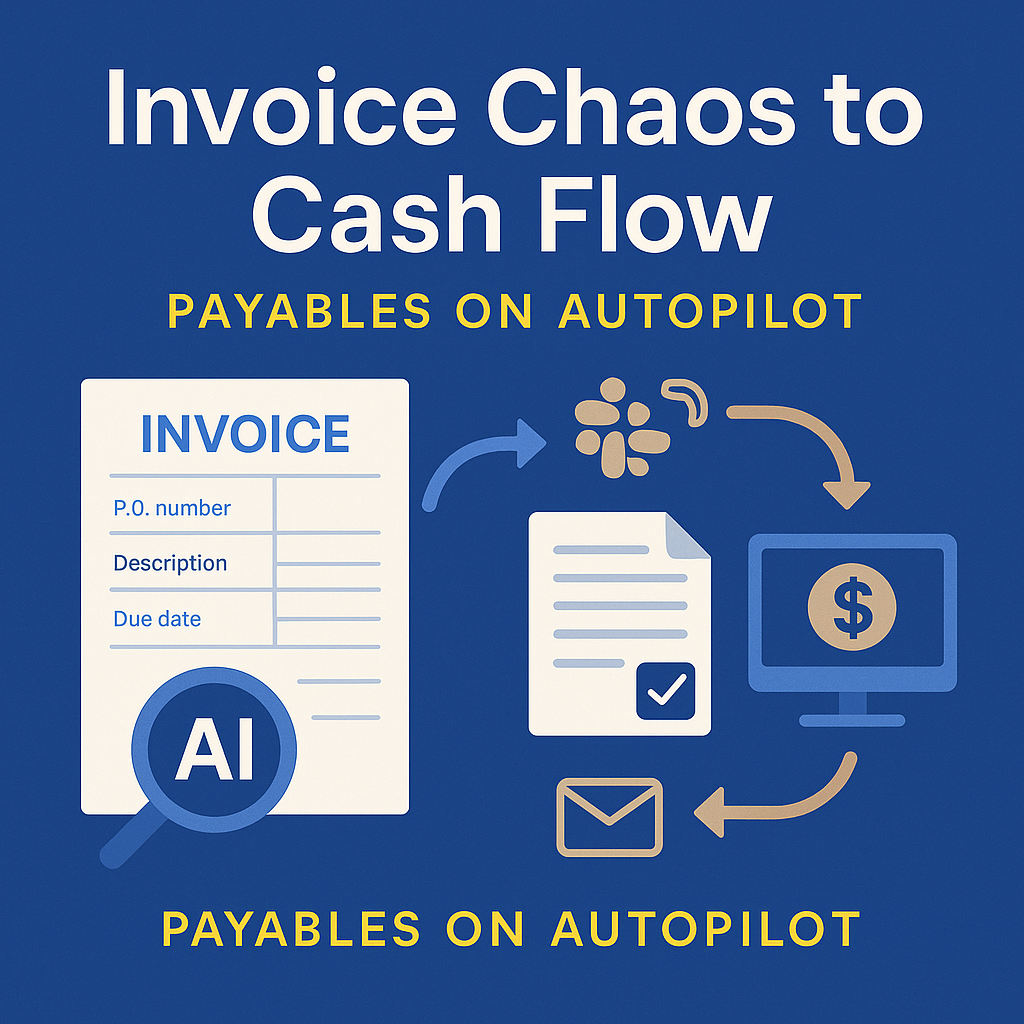
Invoice Chaos to Cash Flow: Payables on Autopilot
Manual invoice processing is more than a back-office burden — it’s a silent drain on cash flow, efficiency, and strategic visibility. This post explores how AI-powered OCR and automated workflows can transform accounts payable from a chaotic, error-prone function into a real-time, touchless system. Discover how finance leaders are cutting costs, capturing early-payment discounts, and gaining complete control over spend — without reinventing their tech stack.

30-Second Onboarding: IDs to CRM Automatically
In the era of digital impatience, onboarding isn’t just a UX concern — it’s a C-level priority. This post explores how AI-powered document processing can turn a photo of a passport or utility bill into a verified CRM record in under 30 seconds. The result? Lower CAC, faster revenue recognition, and a frictionless first impression that sets the tone for long-term customer value.
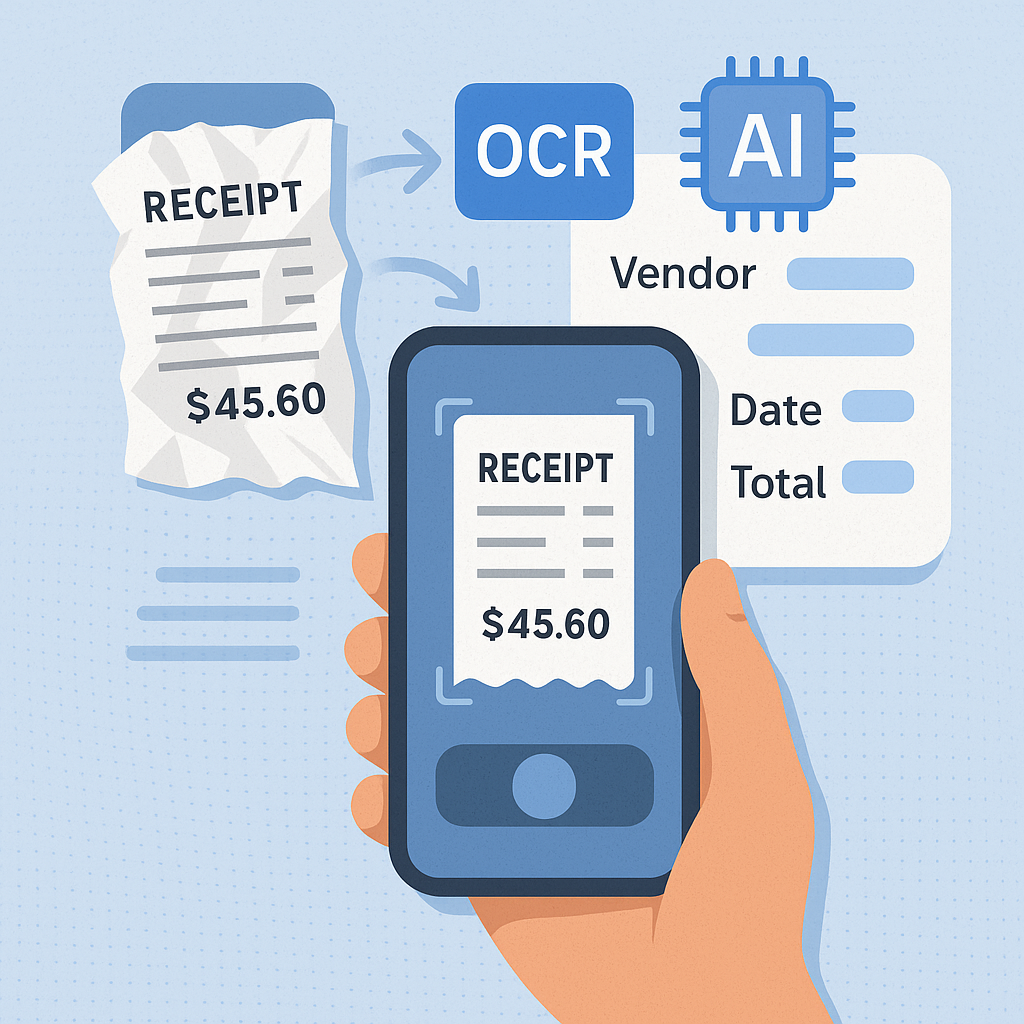
Expense Reports: Turning Receipts into Data
In a world where finance leaders demand speed, visibility, and control, manual expense reports are still slowing everyone down. But with modern AI-powered OCR, receipts can be transformed into structured data in seconds — no spreadsheets, no delays. This blog explores how forward-thinking organizations are using automation to unlock real-time insights, enforce compliance, detect fraud, and turn expense reporting into a strategic asset, not a back-office burden.
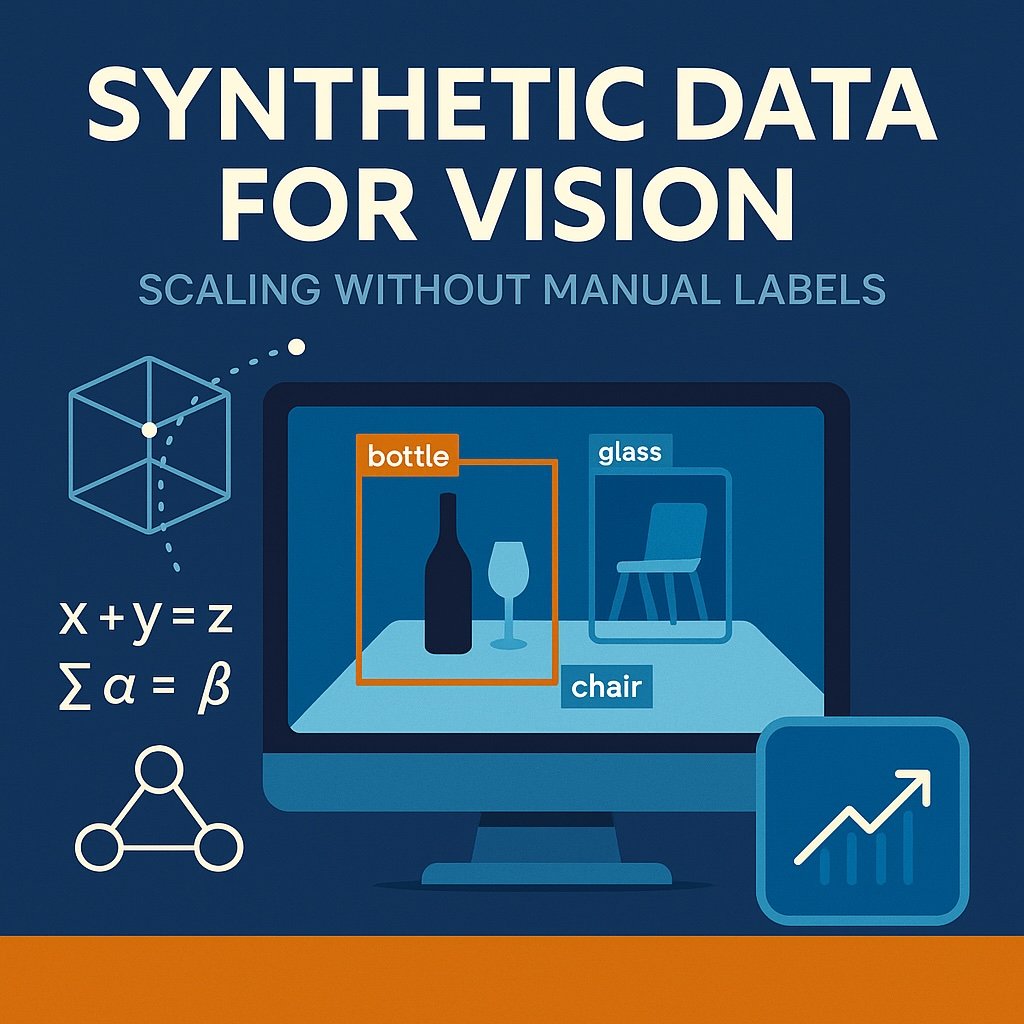
Synthetic Data for Vision: Scaling Without Manual Labels
Manual data labeling is one of the most expensive and time-consuming barriers to scaling computer vision — and it's no longer sustainable. Synthetic data offers a smarter alternative: algorithmically generated images with built-in annotations, enabling faster model development, lower costs, and full compliance with modern data privacy regulations. In this article, we explore how synthetic data is transforming industries like retail, manufacturing, and mobility, and why forward-thinking executives are adopting it as a core component of their AI strategy.

Vision Transformers 2026: State of the Art & Business Impact
Vision Transformers are redefining what’s possible in computer vision — and in 2026, they’ve moved from cutting-edge research into the heart of business operations. From automating defect detection in manufacturing to powering intelligent document processing in fintech, ViTs now deliver enterprise-grade accuracy, scalability, and adaptability. This article explores the state of the art, the architectural breakthroughs behind ViTs' rise, and how forward-thinking companies are deploying them through cloud APIs and custom solutions to gain measurable performance and strategic advantage.
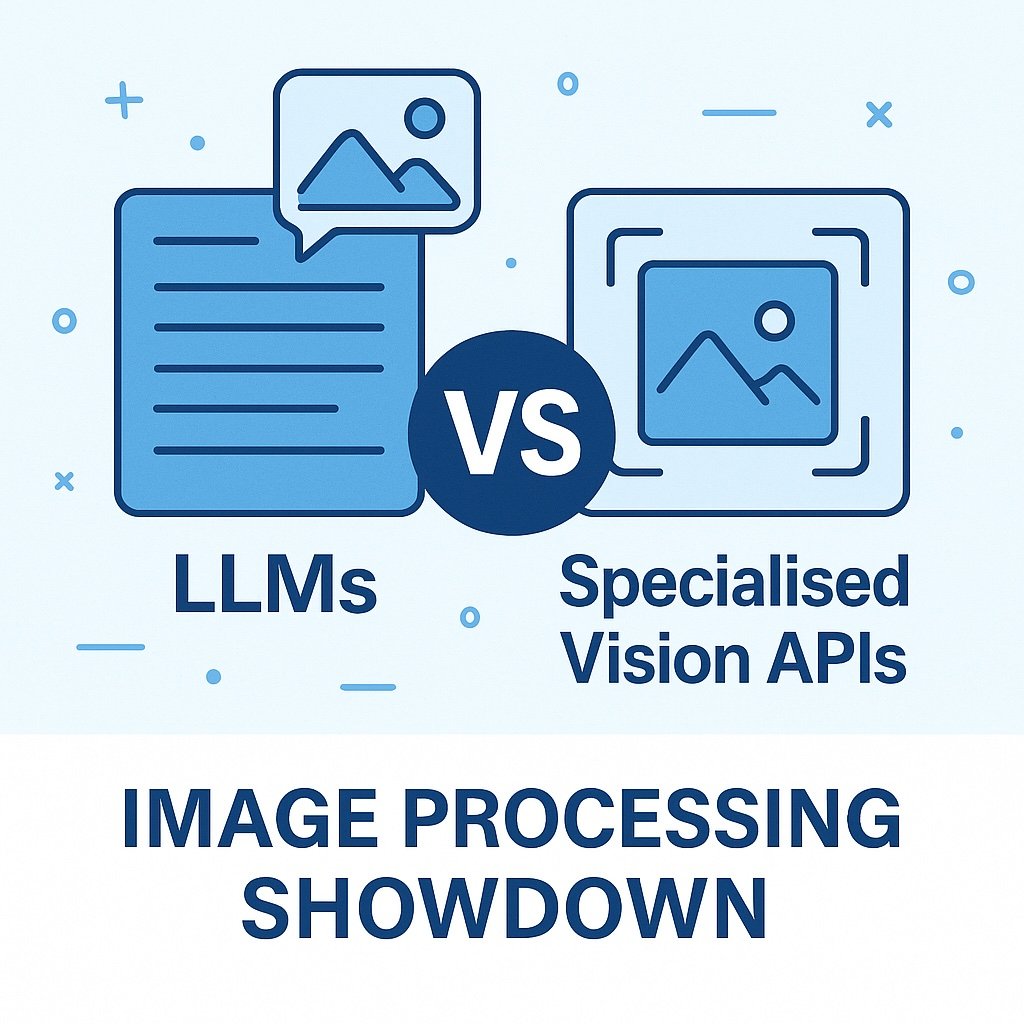
LLMs vs Specialised Vision APIs: Image Processing Showdown
As AI continues to transform the way we process visual information, a new question arises: should you rely on powerful multimodal large language models or stick with specialised vision APIs? This blog post explores the strengths, weaknesses, and ideal use cases for both approaches — and reveals why the smartest strategy may be to combine them. From automated product tagging to content moderation and document analysis, discover how to build more accurate, scalable, and cost-effective image processing pipelines using the right tools for the job.
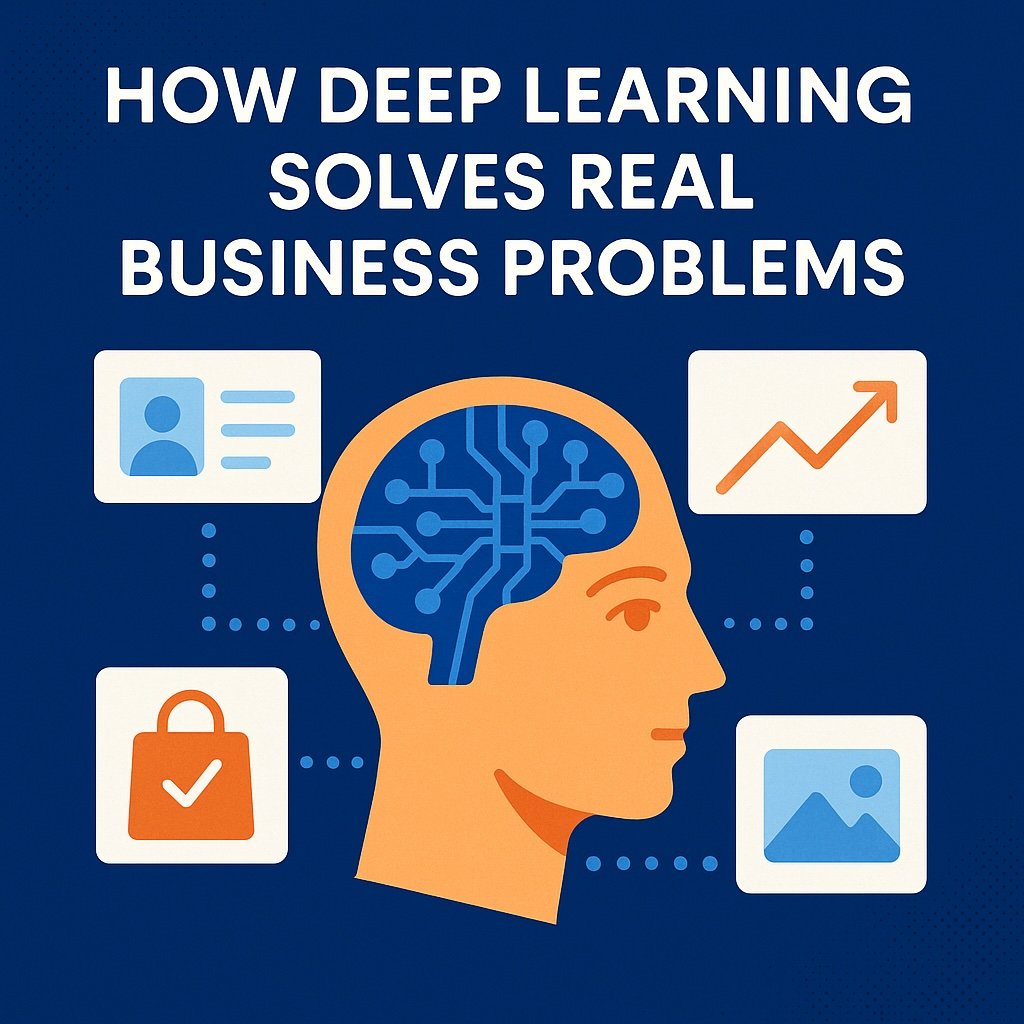
How Deep Learning Solves Real Business Problems
Deep learning is transforming the way businesses solve complex problems — from automating image analysis to extracting insights from unstructured visual data. In this post, we explore how companies across industries are using deep learning to boost efficiency, reduce costs, and unlock new value. Whether you're processing thousands of product photos, verifying documents, or detecting defects on a production line, discover how ready-to-use vision APIs and custom AI solutions can help turn your data into results.
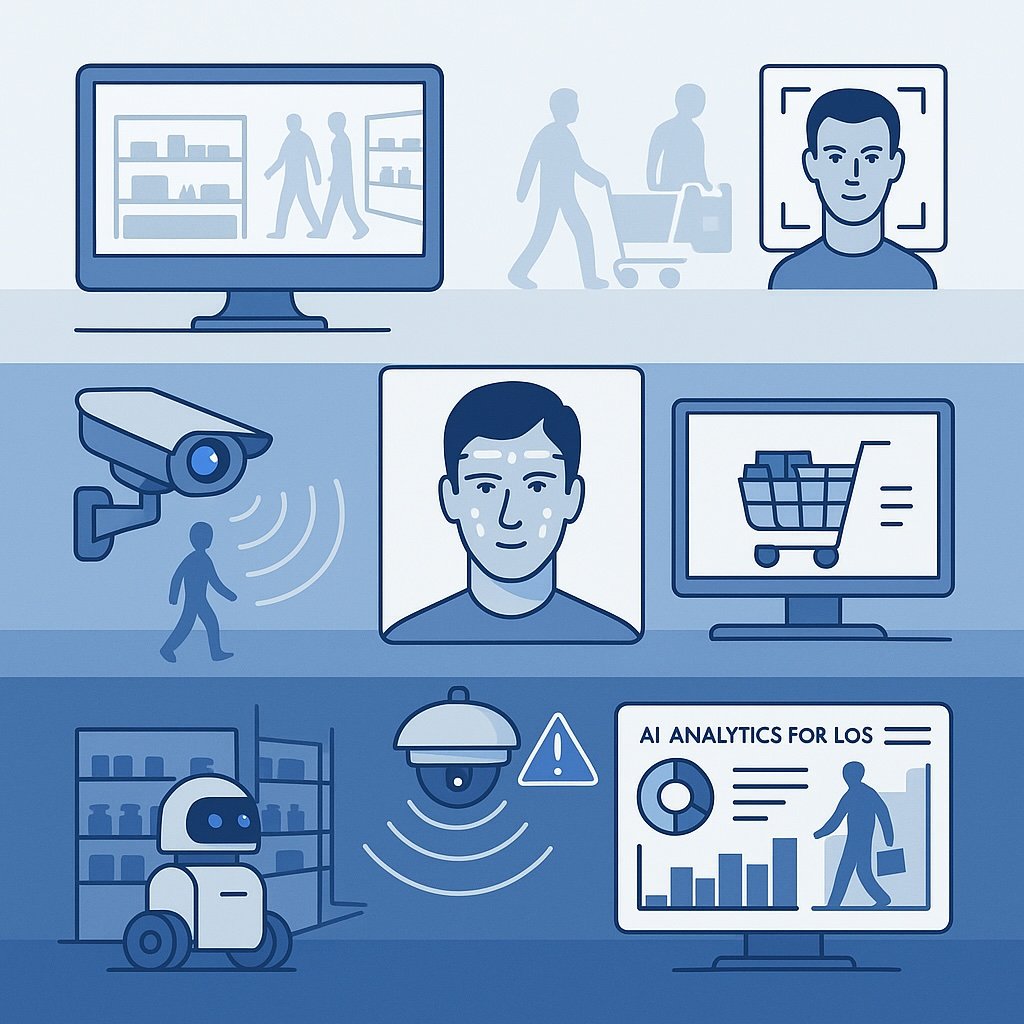
Computer Vision: Milestones, Trends & Future Insights
Computer vision has rapidly evolved from a research topic into a powerful business tool. In 2025, it's reshaping industries like retail, manufacturing, insurance, and content moderation by transforming images into actionable insights. This post explores the key milestones in computer vision's history, the six biggest trends driving its growth today, and a clear strategy for adopting vision technologies — from ready-to-use APIs to custom-built solutions. Whether you're looking to streamline operations, enhance customer experience, or gain a competitive edge, this guide will help you understand how to turn pixels into profit with AI-powered image processing.
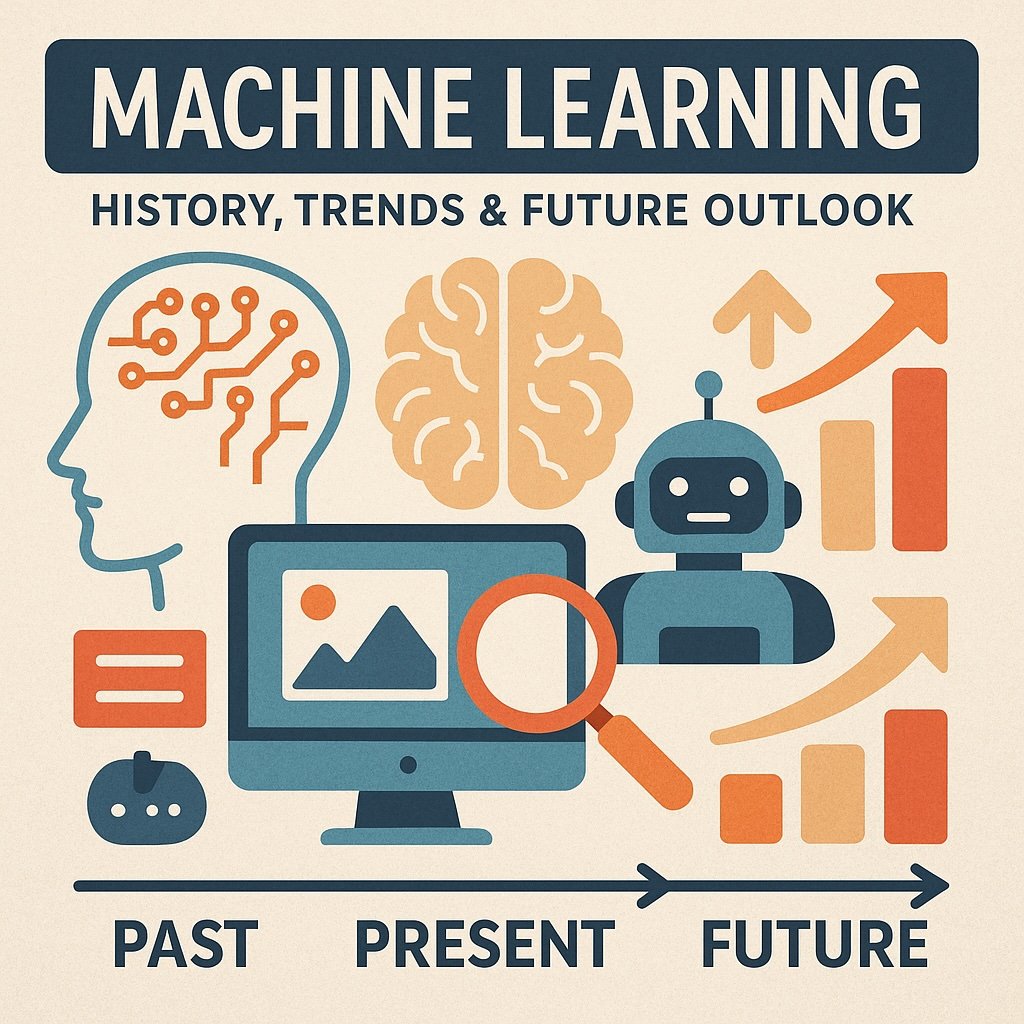
Machine Learning: History, Trends & Future Outlook
Machine learning has transformed from a niche academic field into a practical tool that powers everyday technologies — especially in image processing. From OCR and object detection to face recognition and visual content moderation, ML-driven vision APIs are helping businesses streamline operations, enhance user experiences, and meet regulatory demands. This blog post explores the history of machine learning, key trends shaping 2025, and how companies can strategically use pre-built APIs or invest in custom solutions to stay ahead. Whether you're just starting or scaling your AI capabilities, understanding this evolving landscape is key to making smarter decisions.
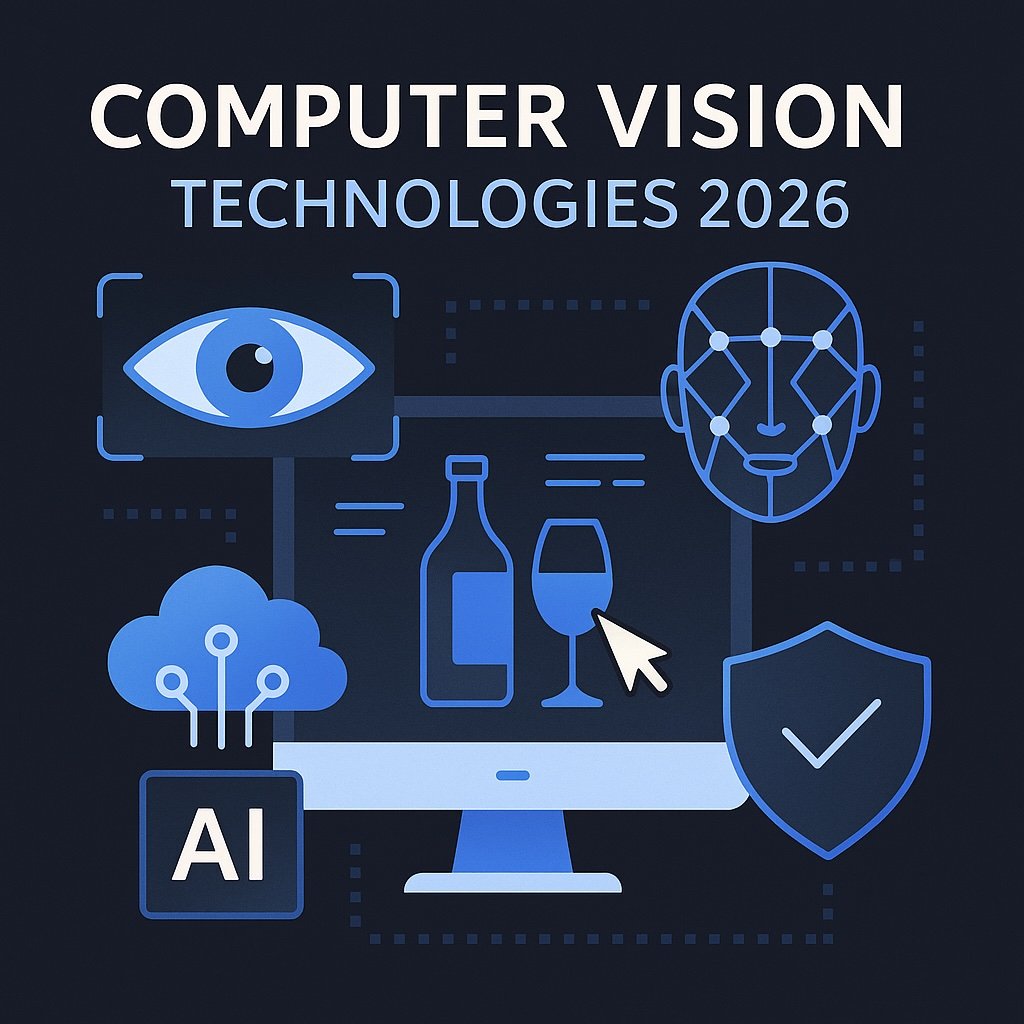
Computer Vision Technologies 2026: What to Expect
Computer vision is evolving faster than ever — reshaping how businesses interact with the visual world. From smarter retail displays and automated quality control to privacy-first AI and powerful image-to-text models, this year marks a turning point in how machines “see” and respond. In this post, we explore the top trends driving this shift, how industries are putting vision AI to work, and why combining ready-to-use APIs with custom development is the key to long-term success. Whether you're launching a new product or optimizing operations, understanding the future of computer vision starts here.

Photo-First Claims: 40 % Lower Handling Costs
Photo-first claims are transforming insurance — from multi-day paperwork and manual inspections to instant, AI-powered damage assessments. By using images captured on a smartphone and analyzing them with computer vision, insurers can cut claim handling costs by up to 40%, reduce fraud, and settle in hours instead of days. This blog post explores the step-by-step workflow, the key technologies behind it, and how insurers can begin their own journey toward faster, smarter, and more customer-friendly claims processing.
